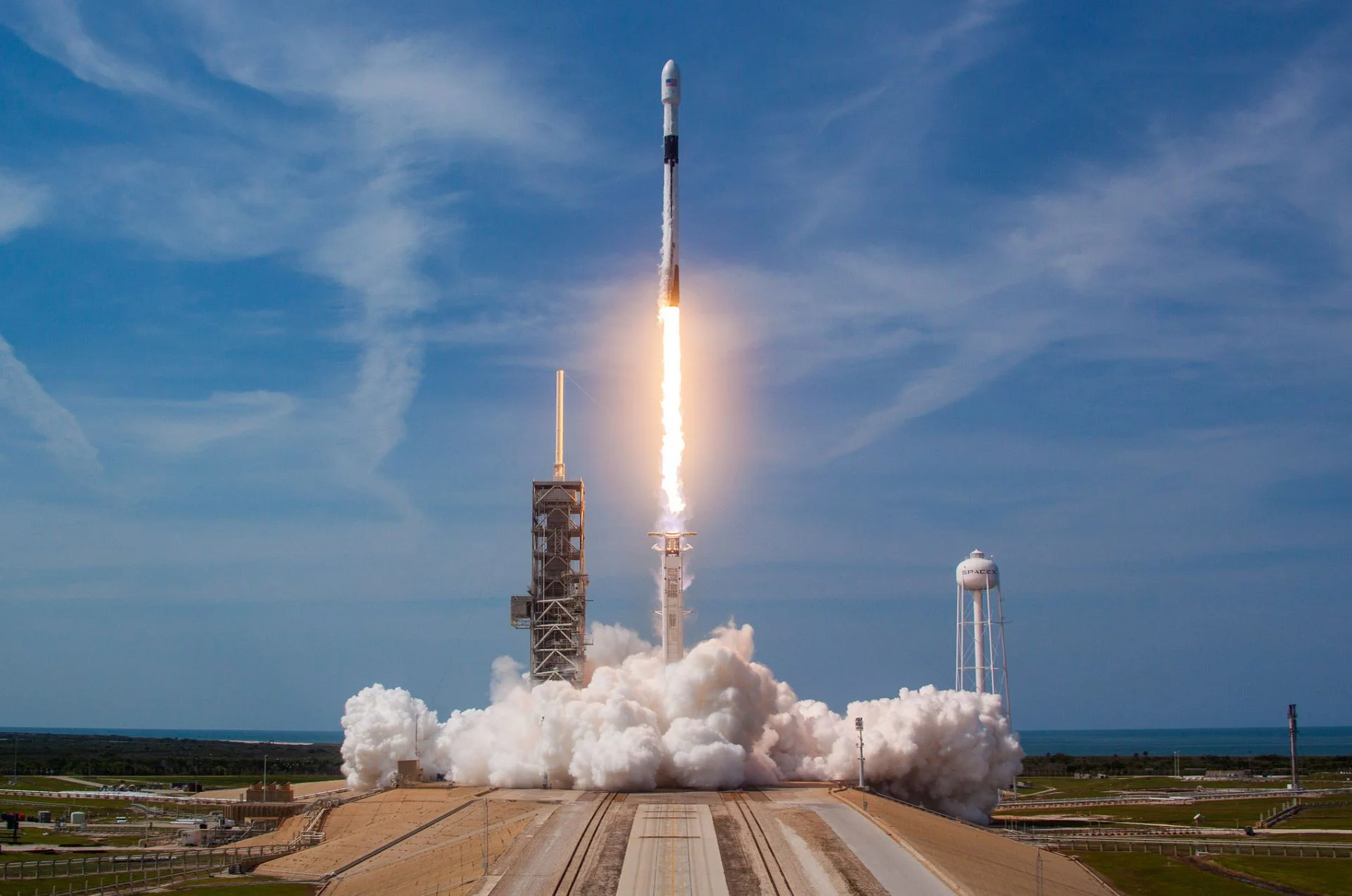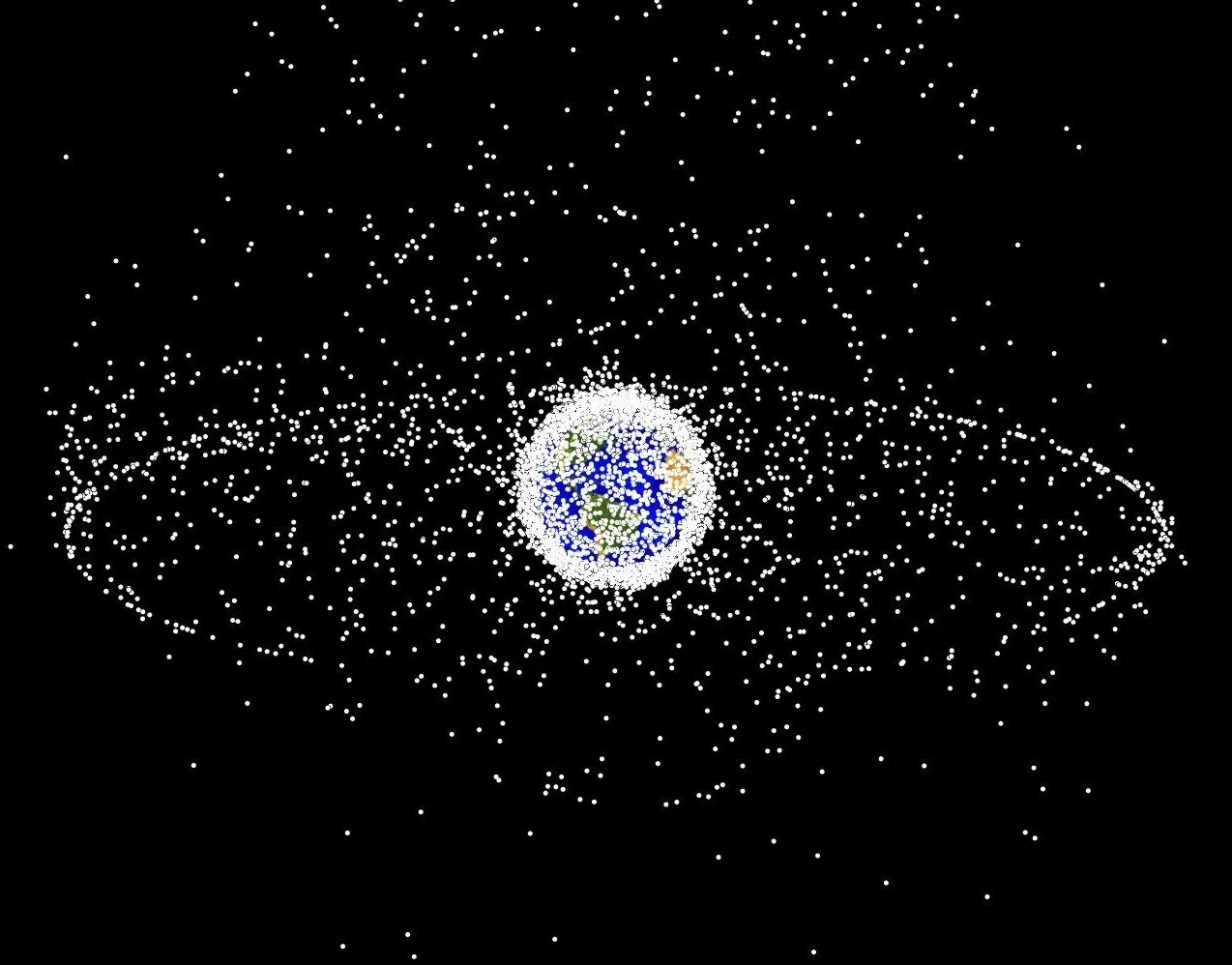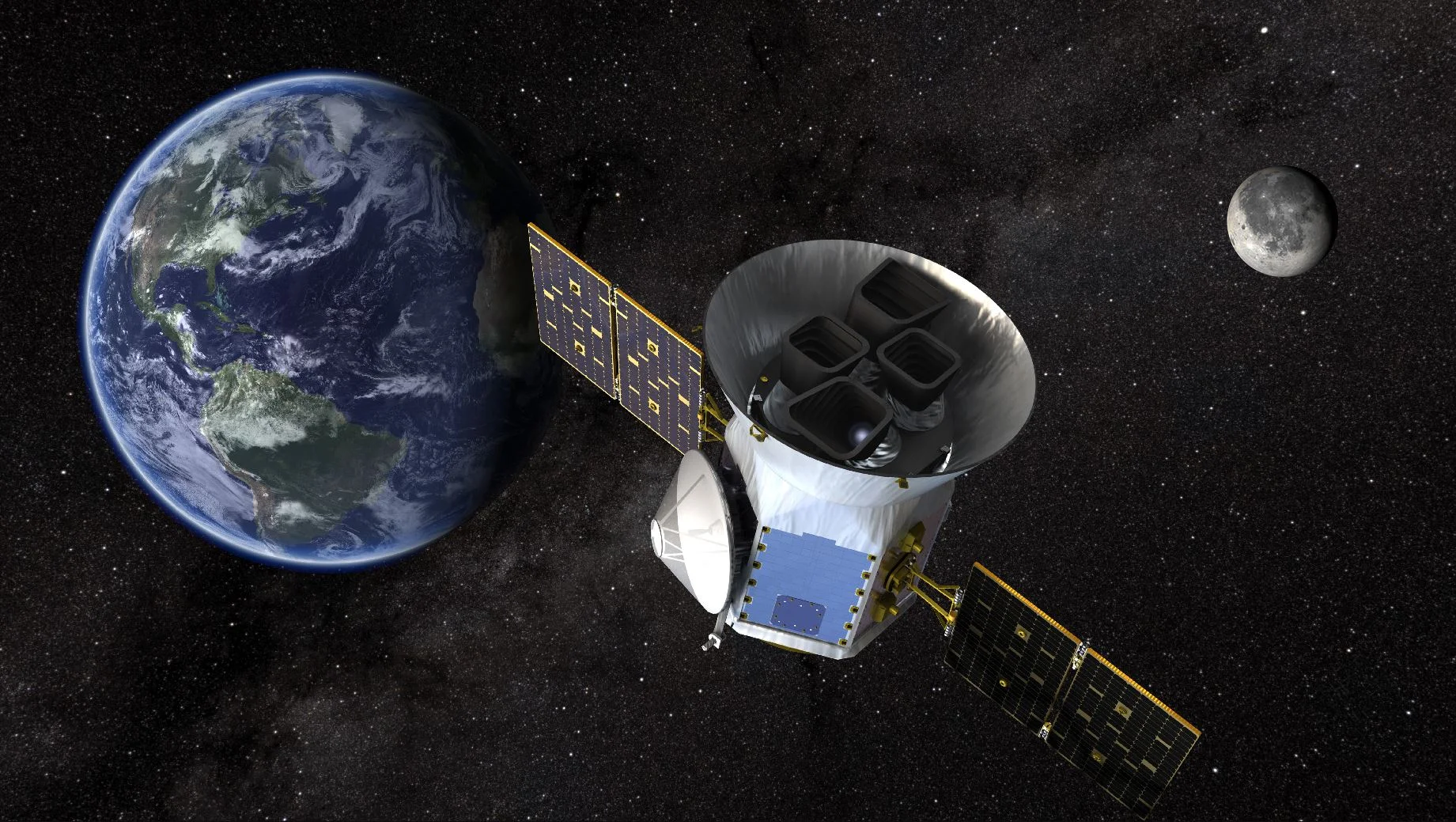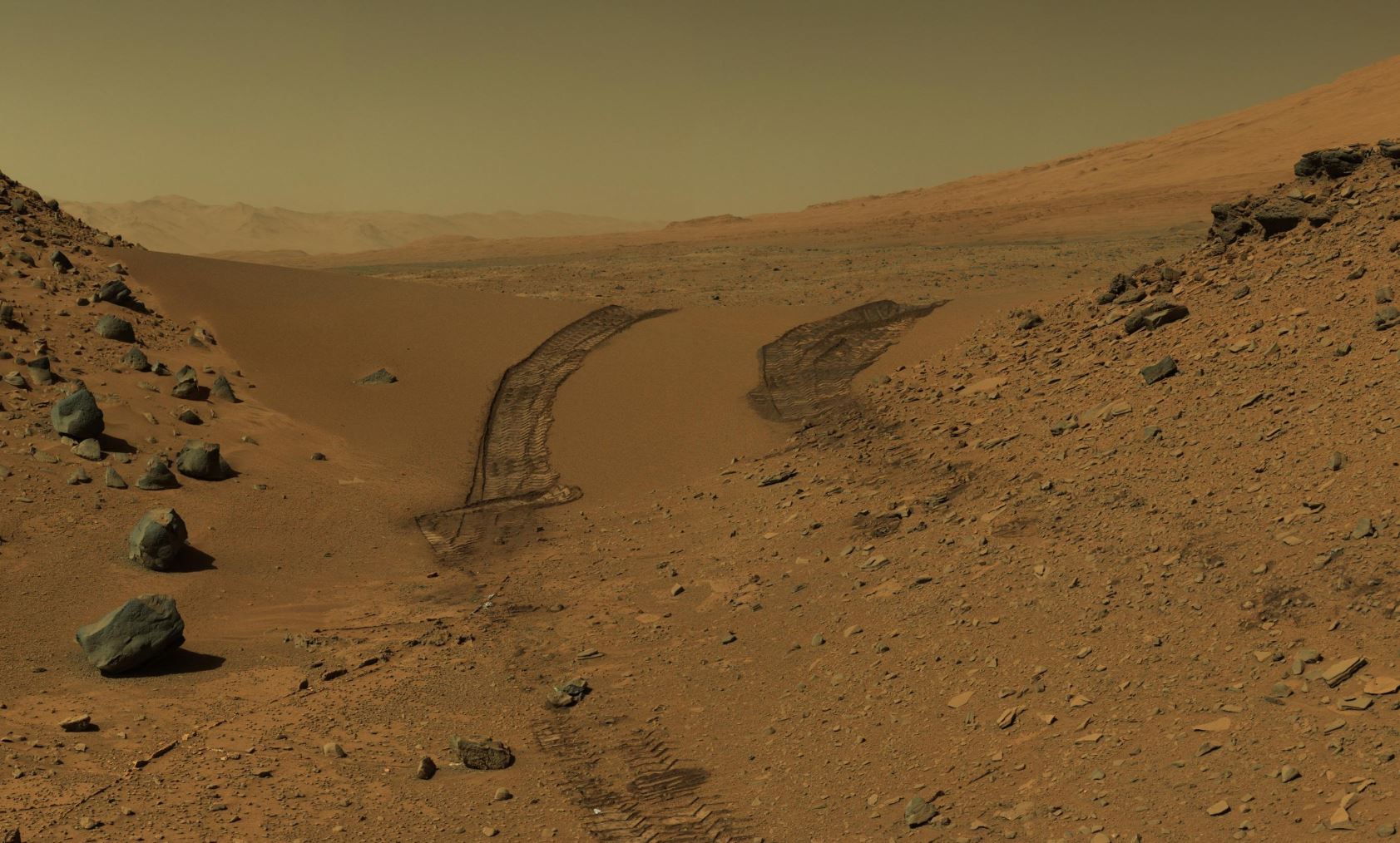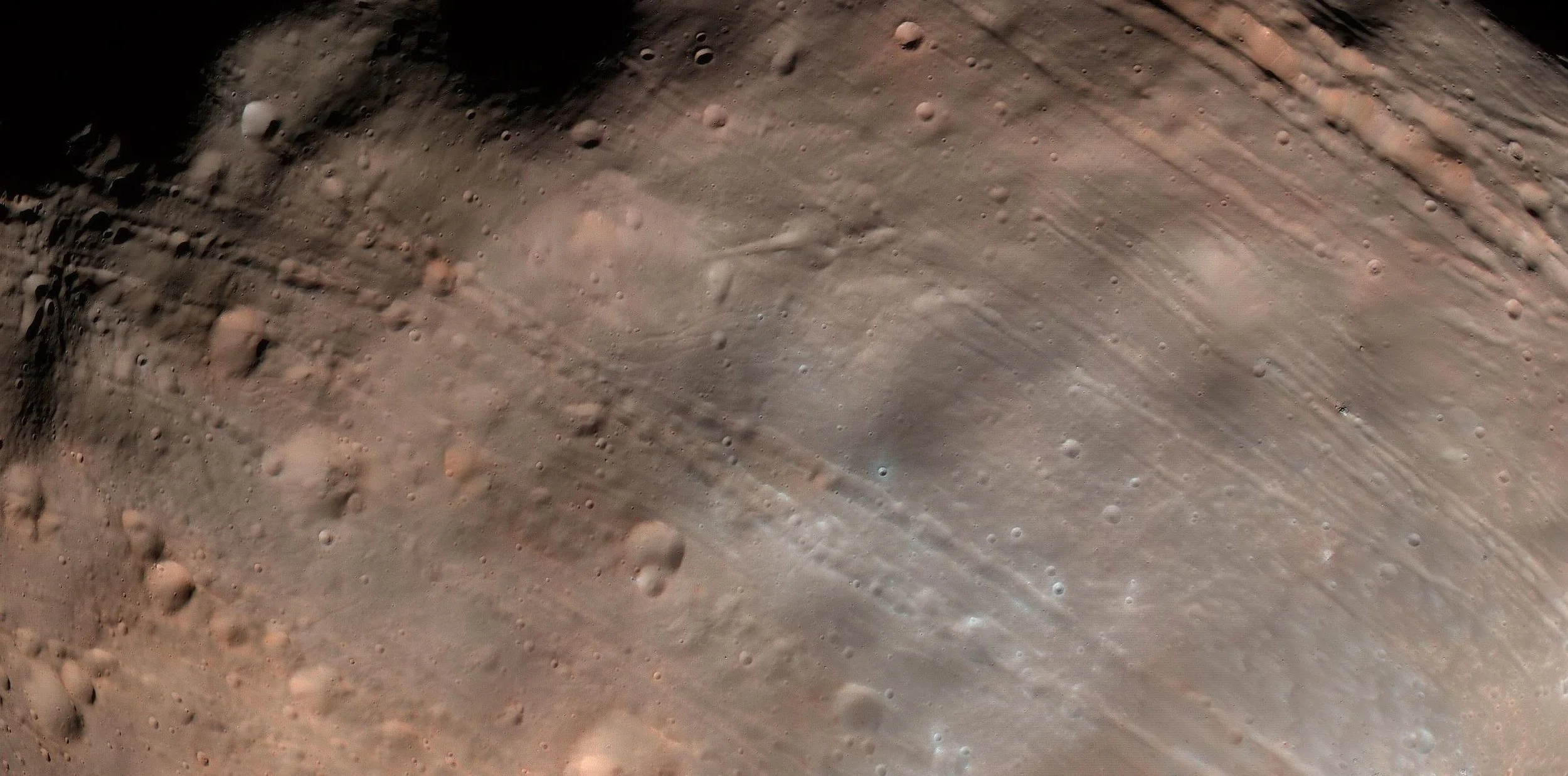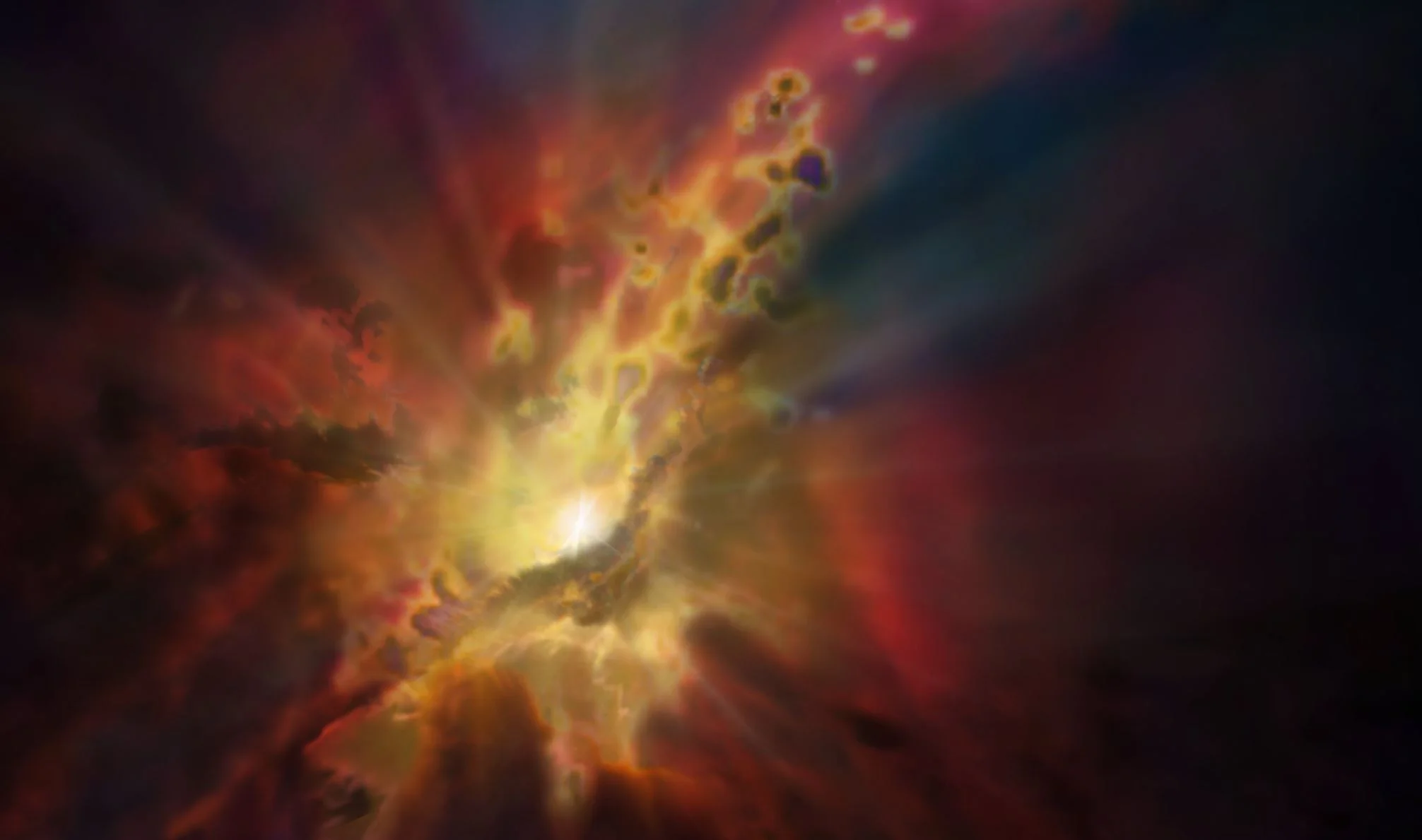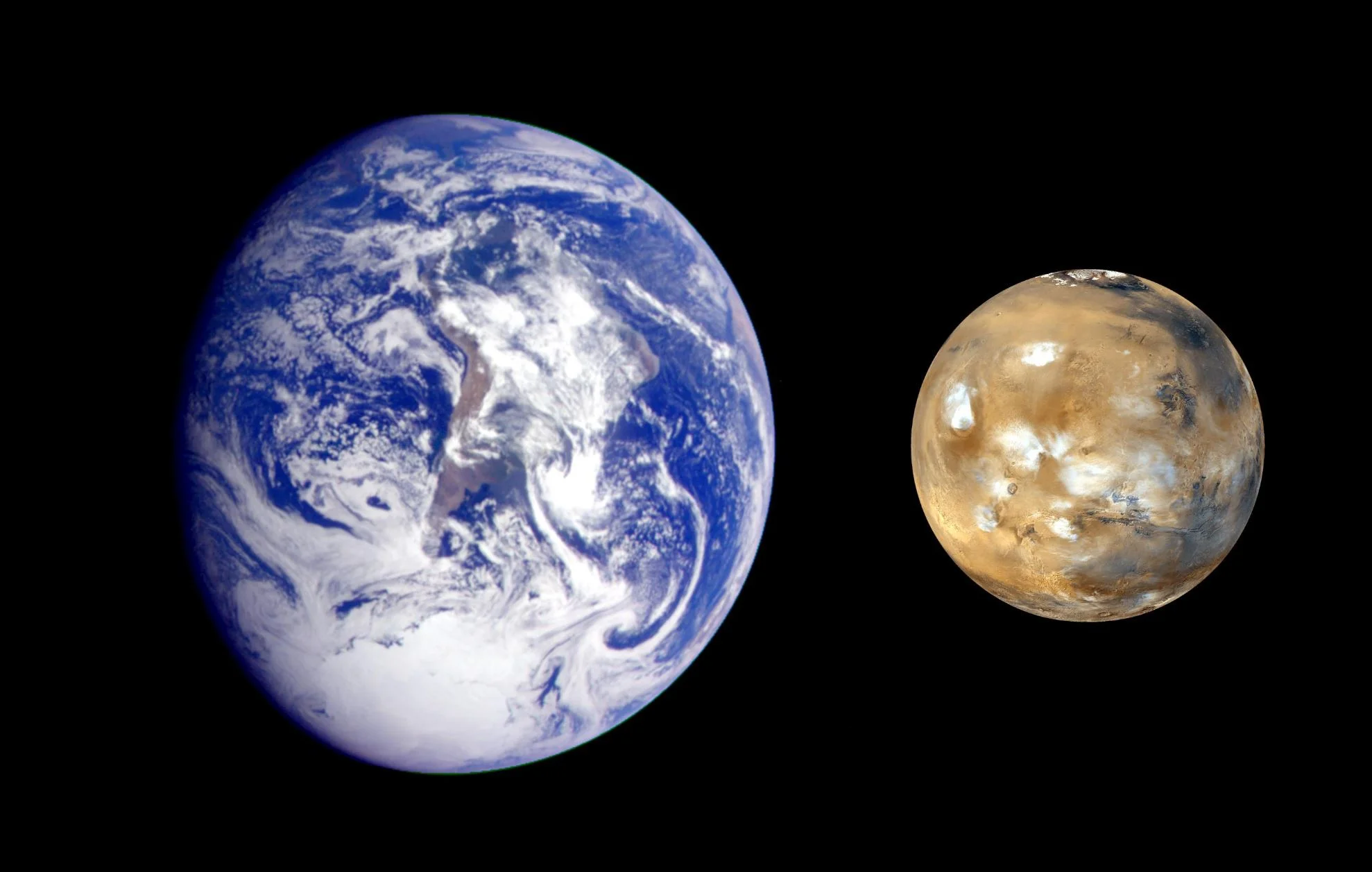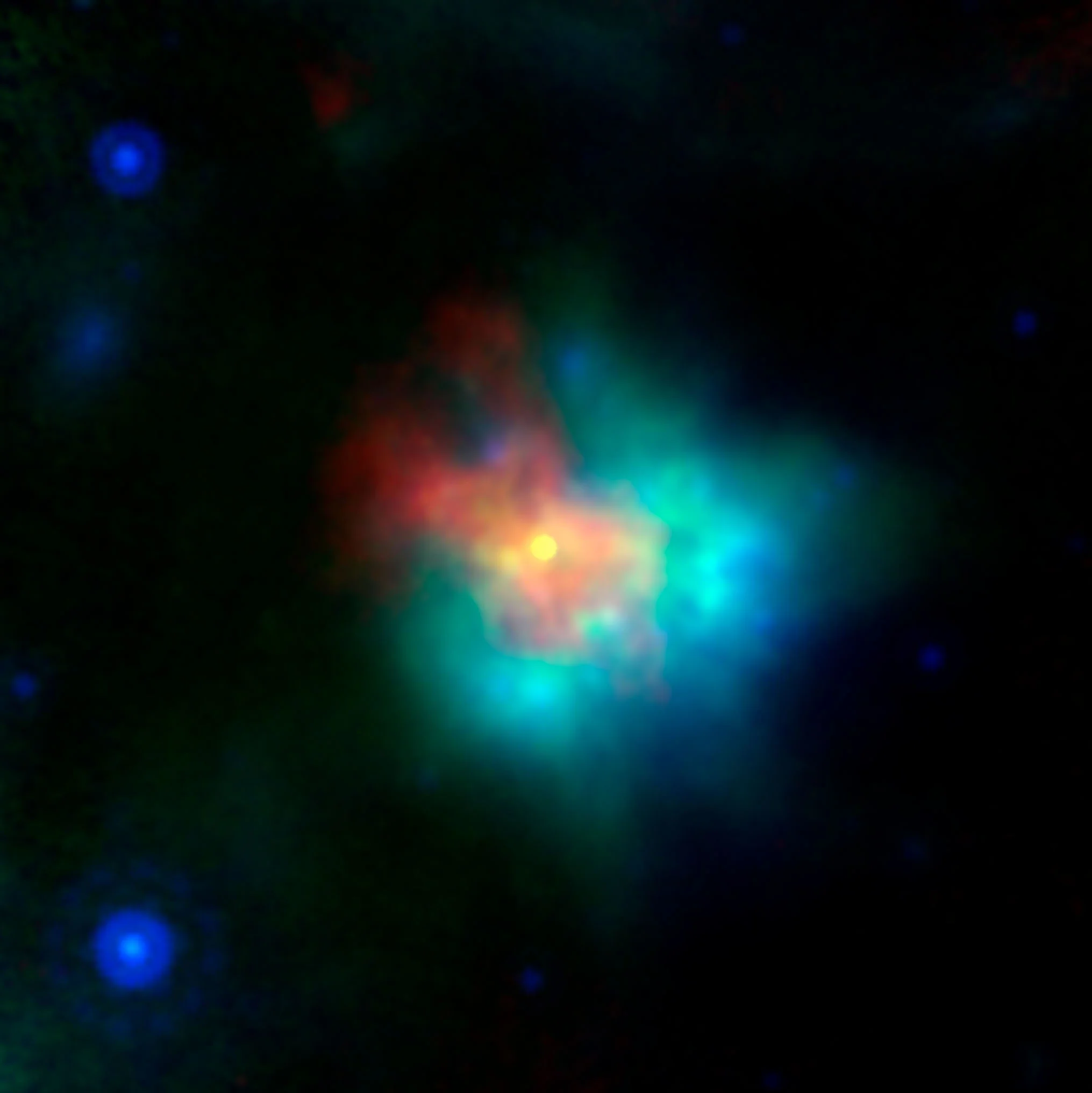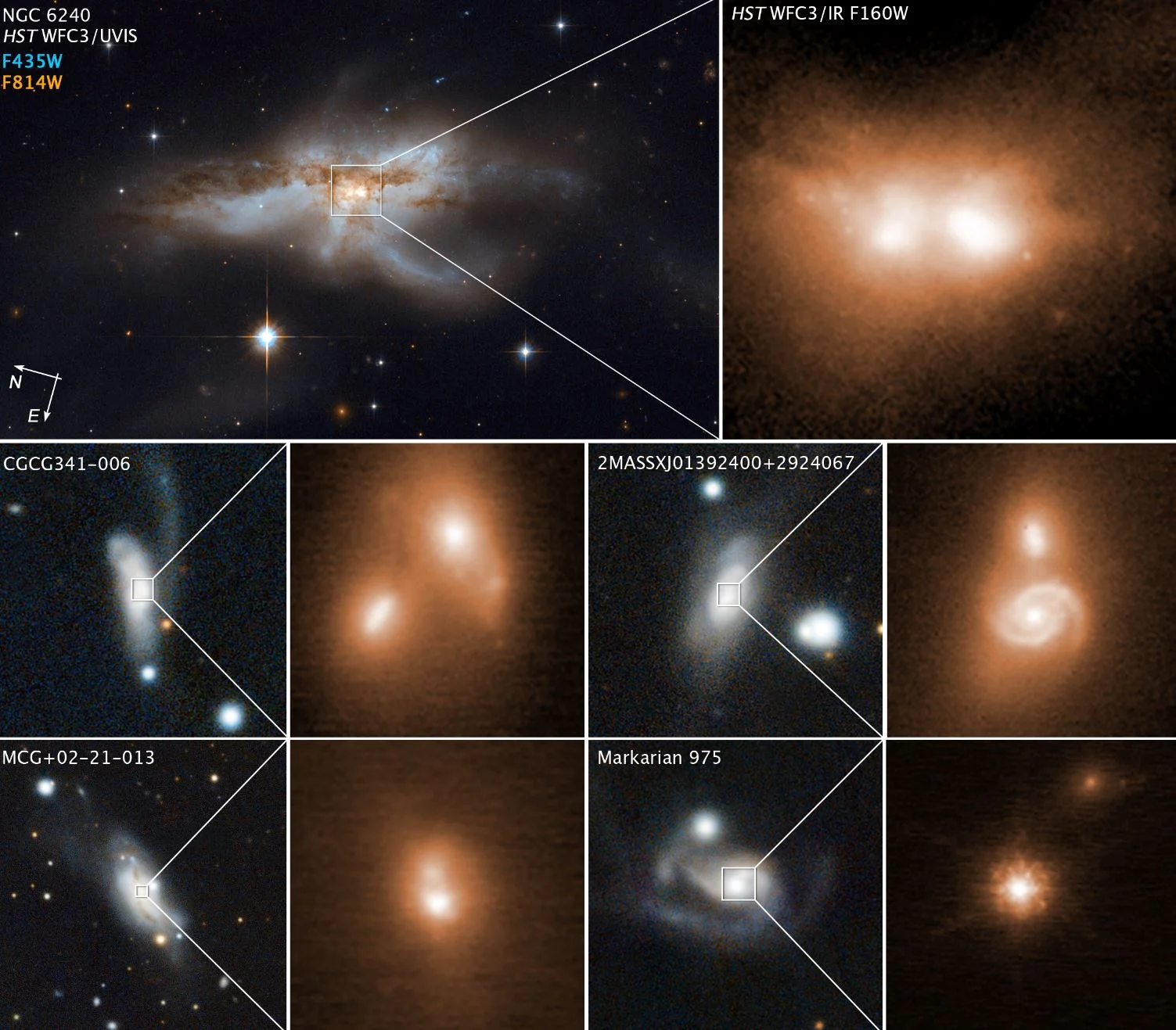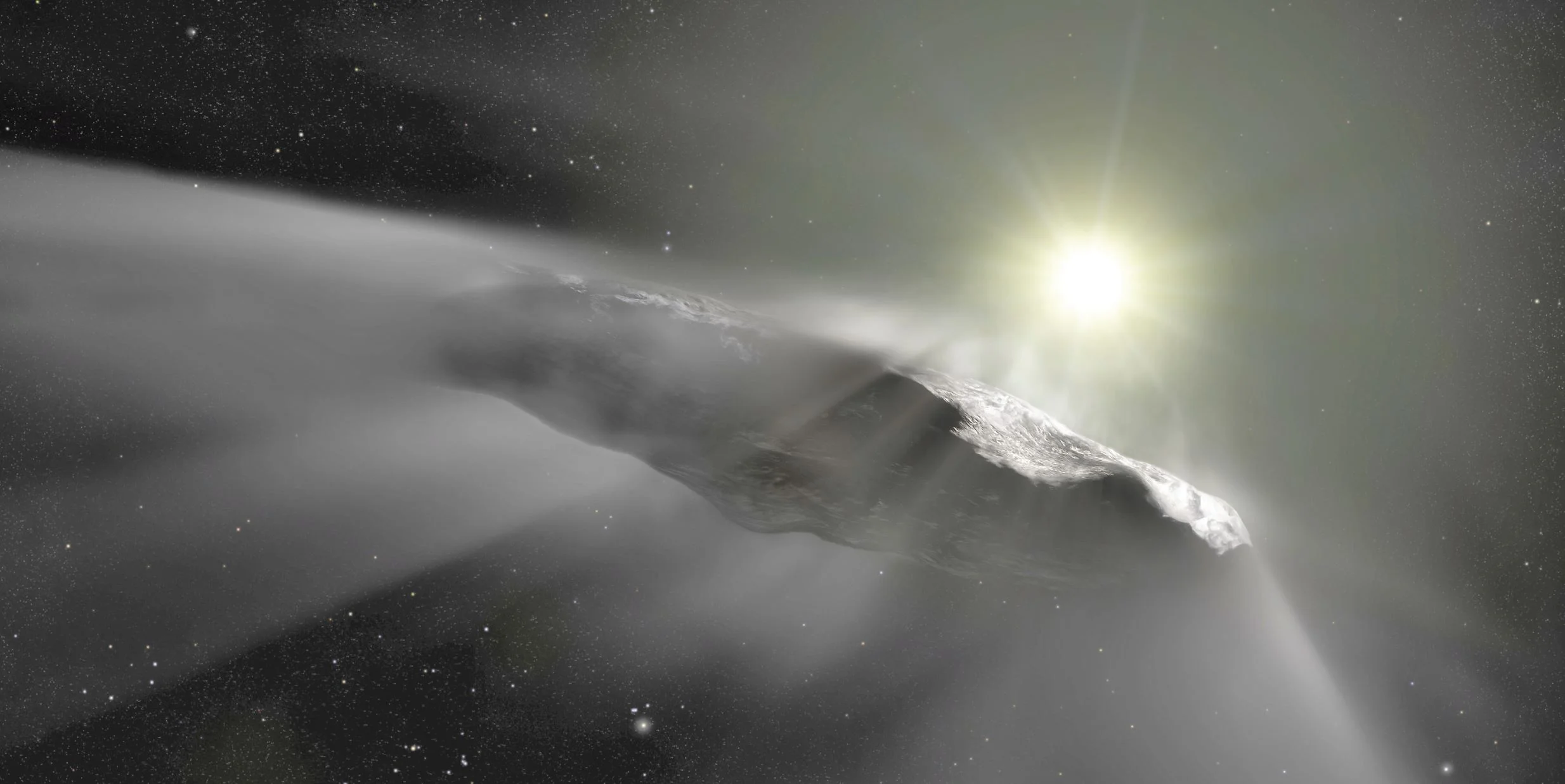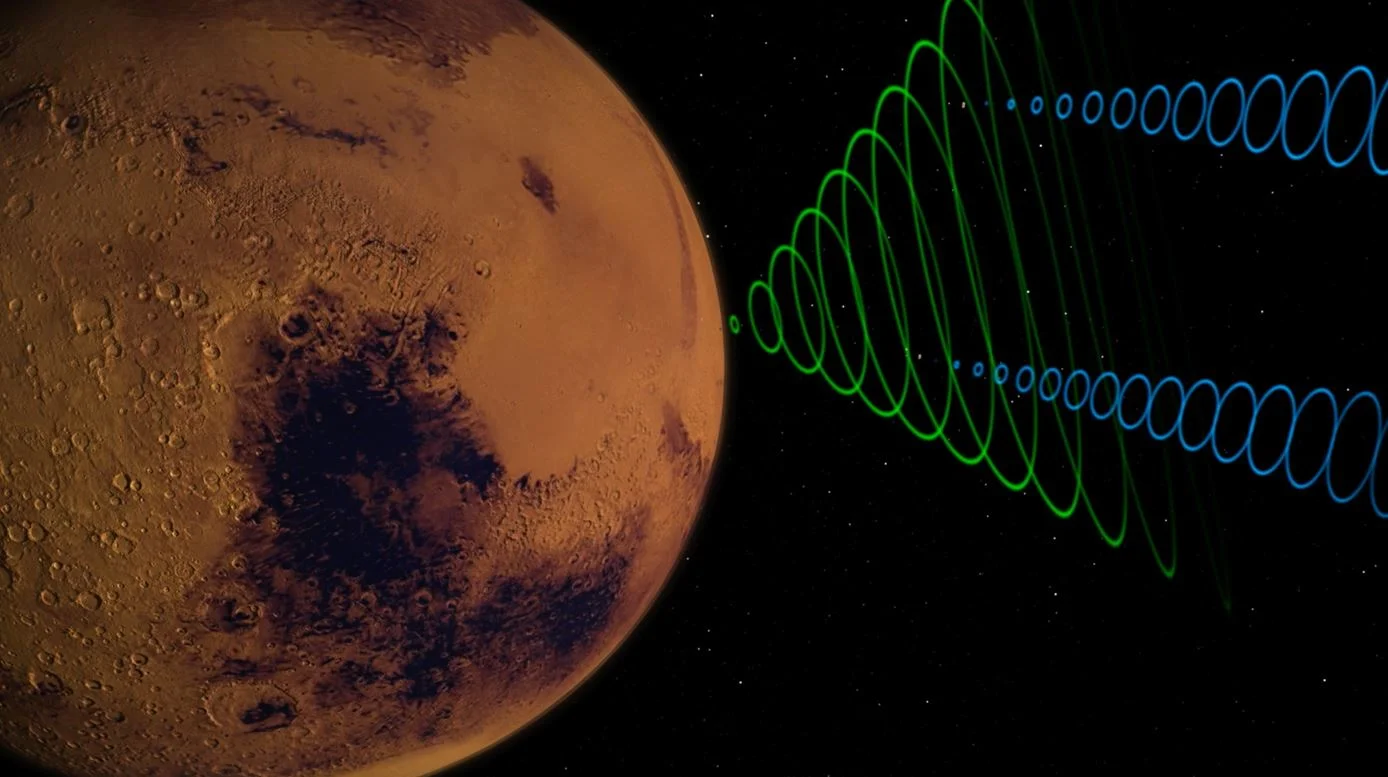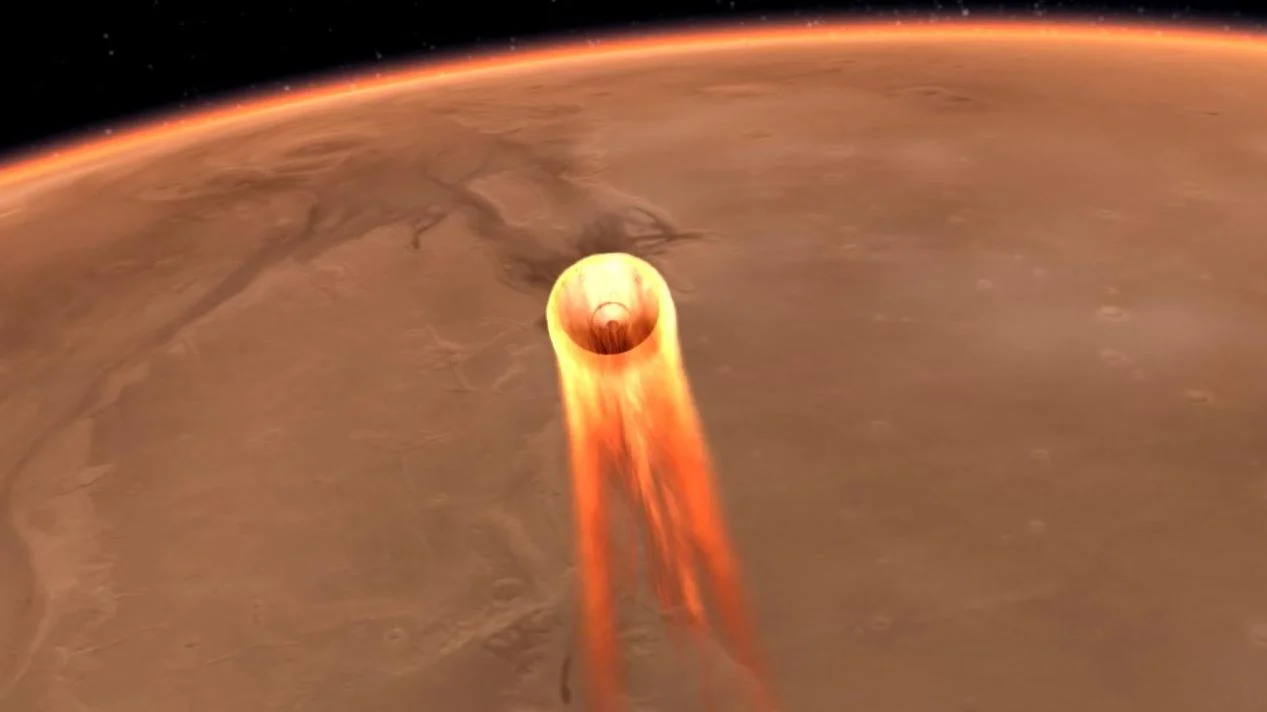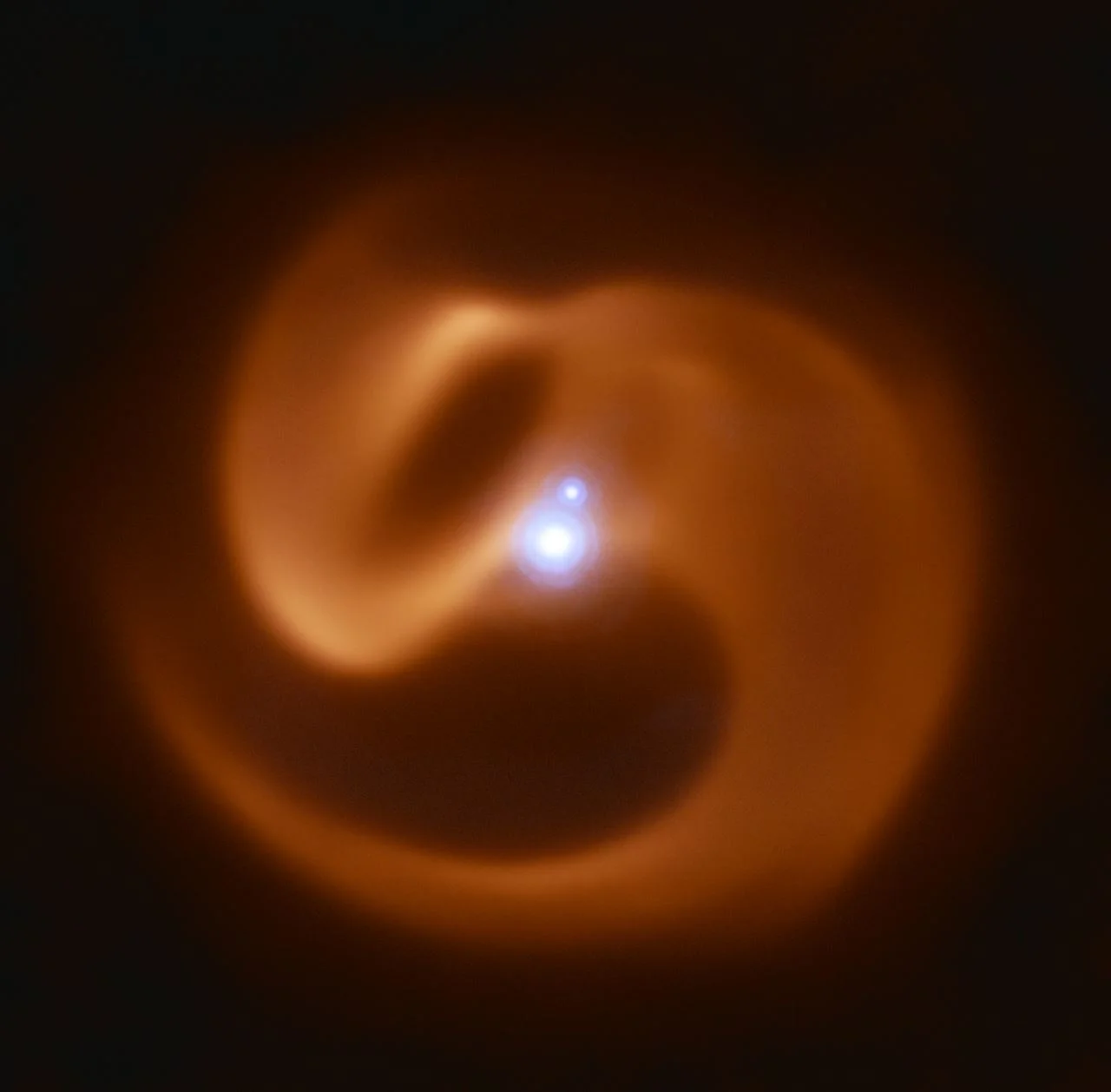Space launches are some of the most spectacular and nerve wracking events you can witness. And when you are actually involved in one, you realize just how much can go wrong. We are currently in Florida, nervously counting down the hours until we launch our experiment, sending thousands of microscopic worms to the International Space Station (ISS) aboard the SpaceX Falcon 9 rocket.
Why space debris cleanup might be a national security threat
Now that TESS is Operational, Astronomers Estimate it’ll Find 14,000 Planets. 10 Could Be Earthlike Worlds in a Sunlike Star’s Habitable Zone
How many exoplanets are there? Not that long ago, we didn’t know if there were any. Then we detected a few around pulsars. Then the Kepler spacecraft was launched and it discovered a couple thousand more. Now NASA’s TESS (Transiting Exoplanet Survey Satellite) is operational, and a new study predicts its findings.
We May Soon Be Able To See the First, Supergiant Stars in the Universe
We need to talk about the dark ages. No, not those dark ages after the fall of the western Roman Empire. The cosmological dark ages. The time in our universe, billions of years ago, before the formation of the first stars. And we need to talk about the cosmic dawn: the birth of those first stars, a tumultuous epoch that completely reshaped the face the cosmos into its modern form.
One of the Most Exciting Parts of InSight is Actually the Tiny Cubesats Tagging Along for the Ride and Their Role in the Mission
Yesterday, NASA’s Mars InSight lander successfully touched down on the Martian surface after spending seven long months in space. Over the course of the next few hours, the lander began the surface operations phase of its mission, which involved deploying its solar arrays. The lander also managed to take some pictures of the surface, which showed the region where it will be studying Mars’ interior for the next two years.
Our long fascination with the journey to Mars
Hubble’s First Picture After Returning to Service. The Telescope is Fully Operational Again with Three Working Gyros
InSight Is Catching Rays on Mars
NASA's InSight has sent signals to Earth indicating that its solar panels are open and collecting sunlight on the Martian surface. NASA's Mars Odyssey orbiter relayed the signals, which were received on Earth at about 5:30 p.m. PST (8:30 p.m. EST). Solar array deployment ensures the spacecraft can recharge its batteries each day. Odyssey also relayed a pair of images showing InSight's landing site.
Ancient asteroid strike may explain Martian moon’s odd grooves
How we discovered that supermassive black holes can power enormous ‘galactic fountains’
A fountain in a garden pond could shoot a plume of water to roughly three metres in height. By comparison, the famous fountain on Lake Geneva launches a plume of water up to 140m into the air. Now imagine a fountain launched from the centre of a galaxy, with a supermassive black hole acting as the pump. How far do you think this plume would extend? The answer is over 100,000 light years.
What Two Planetary Siblings Can Teach Us About Life
NASA's Lucy in the Sky with … Asteroids?
A little over 4 billion years ago, the planets in our solar system coexisted with vast numbers of small rocky or icy objects orbiting the Sun. These were the last remnants of the planetesimals – the primitive building blocks that formed the planets. Most of these leftover objects were then lost, as shifts in the orbits of the giant planets scattered them to the distant outer reaches of the solar system or beyond. But some were captured in two less-distant regions, near points where the gravitational influence of Jupiter and the Sun balance, and have remained trapped there, mostly untouched, for billions of years.
Europe’s Vision of a Future Moon Base. Made out of Moon Dust
Exploding Stars Make Key Ingredient Found in Glass
We are all, quite literally, made of star dust. Many of the chemicals that compose our planet and our bodies were formed directly by stars. Now, a new study using observations by NASA's Spitzer Space Telescope reports for the first time that silica — one of the most common minerals found on Earth — is formed when massive stars explode.
Astronomers Unveil Growing Black Holes in Colliding Galaxies
Evidence of aliens? What to make of research and reporting on ‘Oumuamua, our visitor from space
How NASA Will Know When InSight Touches Down
NASA InSight Team on Course for Mars Touchdown
NASA's Mars Interior Exploration using Seismic Investigations, Geodesy and Heat Transport (InSight) spacecraft is on track for a soft touchdown on the surface of the Red Planet on Nov. 26, the Monday after Thanksgiving. But it's not going to be a relaxing weekend of turkey leftovers, football and shopping for the InSight mission team. Engineers will be keeping a close eye on the stream of data indicating InSight's health and trajectory, and monitoring Martian weather reports to figure out if the team needs to make any final adjustments in preparation for landing, only five days away.
ESO’s VLT captures details of an elaborate serpentine system sculpted by colliding stellar winds
What happens to the brain in zero gravity?
NASA has made a commitment to send humans to Mars by the 2030s. This is an ambitious goal when you think that a typical round trip will anywhere between three and six months and crews will be expected to stay on the red planet for up to two years before planetary alignment allows for the return journey home. It means that the astronauts have to live in reduced (micro) gravity for about three years – well beyond the current record of 438 continuous days in space held by the Russian cosmonaut Valery Polyakov.

